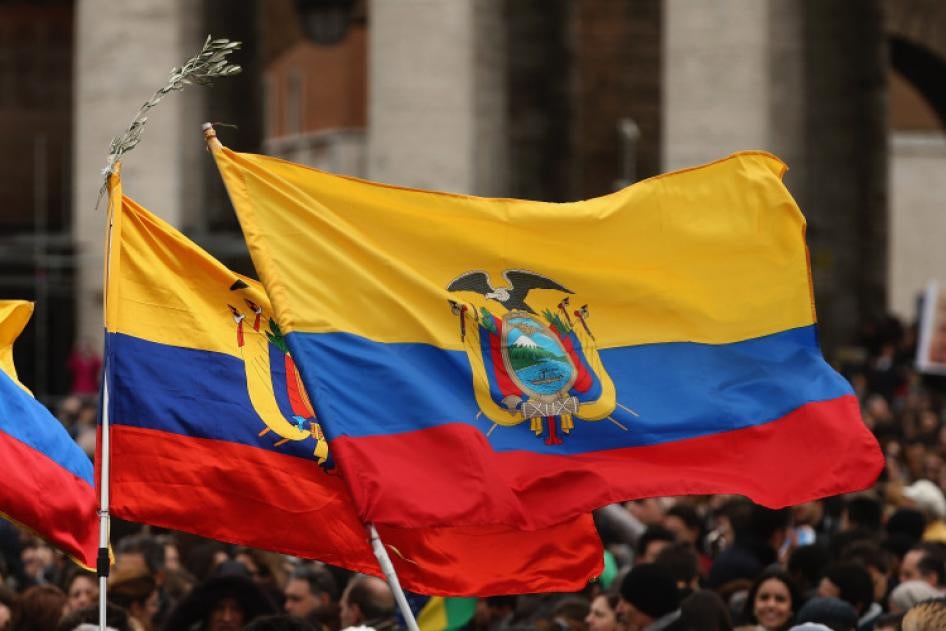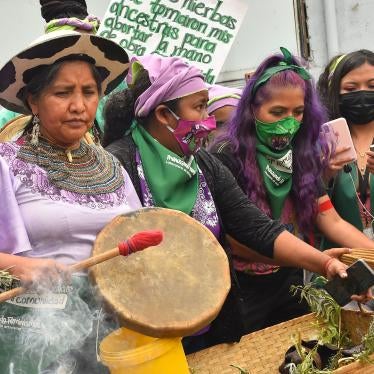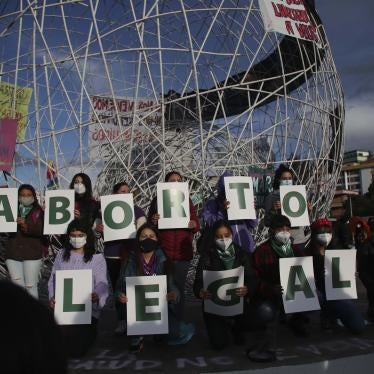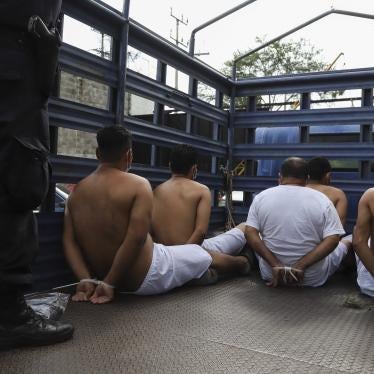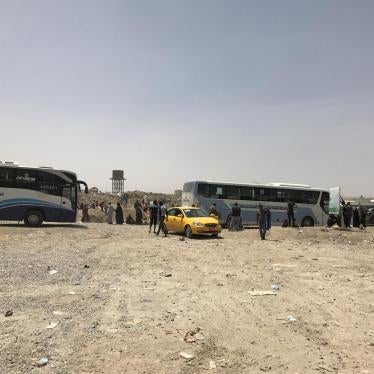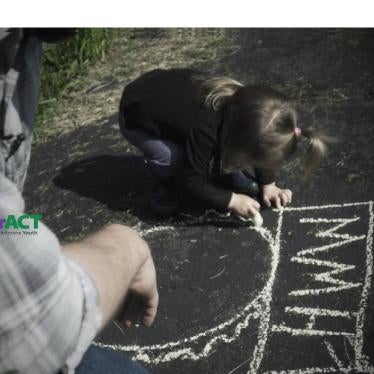An alarming number of children are exposed to sexual violence in their schools and on their way to school in Ecuador.
This week, Ecuadorian media reported on allegations of a rural school teacher accused of sexually abusing around 30 girls in his class. The teacher reportedly also asked girls to send him intimate pictures on WhatsApp. Once some of the girls and their parents filed complaints, local authorities in education, the prosecutor’s office, and the police ordered his capture.
Additionally, in August, when Ecuador marked its national day against sexual violence in schools, the country was shaken by revelations that an 8-year-old student was repeatedly sexually abused by an older student at school, but was told not to tell anyone by his class teacher and the school’s headteacher.
These are just two of the many cases reported this year that show how endemic sexual violence is in Ecuador’s schools, both public and private. Ecuadorian media and civil society regularly inform on cases of school-related sexual violence, as does Ecuador’s Attorney General office.
Ecuador’s protocols provide unequivocal instructions to confidentially report all cases and adopt immediate measures to protect students. Yet it is still too common in cases involving sexual violence at school, including many documented by Human Rights Watch, for school authorities to fail to fulfil this duty.
Far too many adolescents and younger children have faced sexual violence perpetrated by teachers, school officials, and bus drivers, adults they should be able to trust, for far too long. In 2020, Human Rights Watch exposed serious gaps in Ecuador’s education and justice systems that leave many children unprotected, exposed to horrific abuses, stigmatized for reporting abuse, and at risk of re-traumatization.
Despite important progress by the Ecuadorian government to tackle sexual violence, its approach still shows significant gaps in detection, prevention, and support services for survivors. What happens to students in the digital space, such as on social media platforms, phone apps, and online classrooms, remains largely unreported, potentially affecting even more students who may face digital sexual violence by their teachers and peers.
Ecuador should increase its work on effective accountability as well as reparations for abuses perpetrated against students. It should also amplify its focus on preventing abuse in classrooms. The scourge of sexual violence against Ecuador’s children must end.

